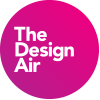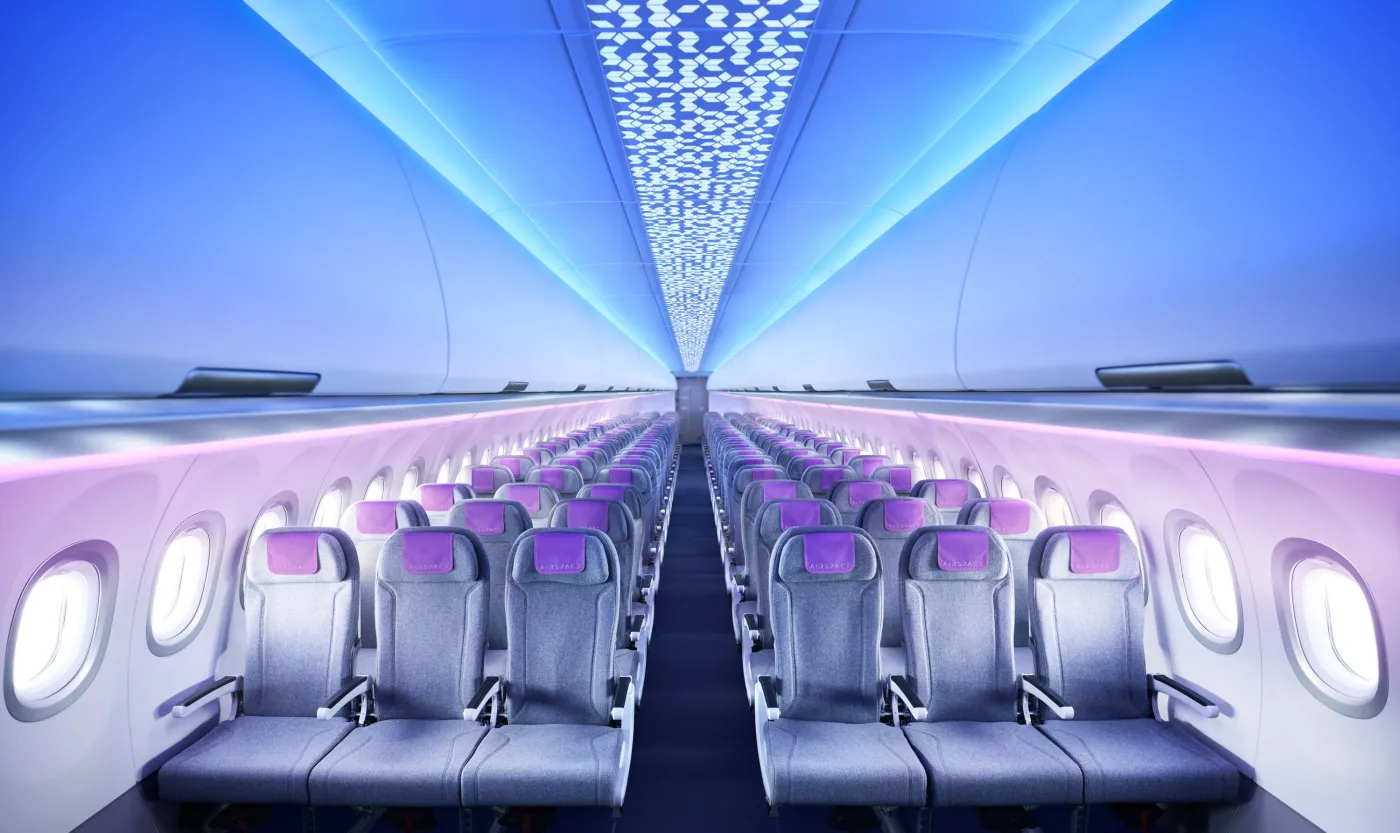Airbus is soon to bring its first A320 family Airspace cabin to the market thanks to JetBlue’s new A321 which will be flying in just a few months’ time. Airbus has just recently started flight testing of the first Airspace Single-Aisle aircraft. A second phase of in-flight testing will take place in February to validate any further fine-tuning of the cabin and noise measurements.

It’s a major overhaul for the A320-family narrow-body product which hasn’t really changed in many years and gives airlines a prime opportunity to enhance the branding touch points for this popular short-haul aircraft.

Sporting new design features and offering a high level of passenger comfort consistent with Airbus’ widebody A330neo and A350 Airspace cabin products, the A320 Airspace cabin features many customisable areas which will allow cabins to further represent an airlines brand.

Upon entry, airbus has redesigned the entrance area, with customisable lighting to provide a similar experience to that of long-haul wide-bodied aircraft. While the entrance areas of short-haul aircraft are often overlooked, as they clearly are multi-use with the function of the galley and crew seats clearly on display, the lighting will set the tone for the rest of the aircraft.

The lighting theme can then continue throughout the cabin thanks to a ‘hero’ ceiling light concept and full-colour LED lighting details virtually everywhere. Lighting design is a key emerging trend for cabin interiors, and is finally being embraced by carriers around the globe for making a more residential design language onboard.

Passengers are also going to feel more comfortable thanks to new extra large ‘XL’ overhead bins and re-styled window bezels which allow even more light into the cabin.

With new integrated window shades and the new side walls yield a little more shoulder room, the cabins will feel marginally wider too. All of these new touches allow airlines to truly brand their inflight space.

The aircraft manufacturer has also highlighted new touches features and anti-microbial coatings in the toilets, which is something that airlines will find easy to market post-pandemic.
Michael Willmer, Airbus’ technical leader for the A320 Family Airspace Cabin programme explains that the rationale for these tests is to ensure the overall maturity and robustness of the new cabin during flight.

“The initial in-flight testing subjected the cabin to conditions well beyond what it would normally be subjected to in a standard flight profile. Special cameras and sensors throughout the interior were connected to dedicated flight-test and recording equipment in the cabin so that the engineers could analyse the performance and characteristics of the cabin elements in real-time on board, as well as in the lab afterwards,” said Willmer.

“Overall, we are pleased with the results of the first phase. Now this second flight-testing stage, together with the lessons-learnt from previous developments, will further help to ensure a robust product at entry into service in the coming months,” added Willmer.
With JetBlue already embracing the new cabin interior it’s only a matter of time before others will follow suit. “With its unique cabin design and improved reliability, we are confident that Airspace will bring a residential touch to our cabin and help customers feel at home in the sky. We look forward to continue working with our partners at Airbus as they continue to iterate the product and ensure its readiness to take flight in the near future,” stated Mariya Stoyanova, Director of Product Development at JetBlue.
The Big Airspace Picture















